These 9 tips will help to illness proof your home, help the family create healthy habits, and make you feel better knowing everything is extra clean.
Getting sick is no fun. And with the recent pandemic of COVID-19, it’s even more imperative that we take a little extra time to keep our spaces extra sanitary. Doing so helps to prevent many germs and bad bacterias from taking hold of our immune systems and it will also give us more peace of mind knowing that we have taken additional precautionary measures to keep us and our families safe.
One of my biggest goals over the past few years has been to keep myself and my family illness-free as much as is within my power to do so. After a couple of really bad illness-prone years, where it felt like all of us—especially me—were constantly getting sick, I finally decided something had to give.
I’ve already shared some great ways to take care of yourself during the winter months, but the truth is that the process of keeping illness at bay really begins at home, with a few better habits for keeping germs at bay that can definitely serve us in a time like today.
How to Illness Proof Your Home: 9 Powerful Ways to Stay Healthy
These nine practical reminders are a great place to start:
Wipe All Touchpoints
While some viruses are quite weak and can only live for a short time on surfaces, others can linger for hours or even days. Thus, it doesn’t hurt to be a bit more cautious, especially during the winter months and in the midst of a pandemic.
Touchpoints are described as anywhere your hands (and germs) go when you come into a house. These are commonly touched places that are often overlooked when cleaning. Wipe down all doorknobs and light switches and the surrounding areas. Think of all the places your family members regularly touch, including drawer handles, cupboards, refrigerator doors, faucets and toilet handles.
Washing common touchpoints around your house, especially hard surfaces (which tend to be more germ-friendly) ensures you’re not spreading germs throughout your household. Again, you don’t need to use bleach or heavy chemicals—a solution of soapy water with a few drops of Melaluca (Tea Tree) or Theives oil in a spray bottle will do the trick. And in the case of COVID-19, adding some 70% alcohol to your solution will help. Simply spray and wipe.
Pay Attention to Handheld Devices
These small, frequently touched items like remotes, telephones, computer keyboards and accessories, and gaming controllers are often overlooked when cleaning, and could probably use a good wash. Use a soft cloth or tissue, so you don’t ruin sensitive surfaces.
Your cell phone is a hotbed of germs. (It can even house more germs than a public restroom–yuck!) Keep it clean so you aren’t bringing germs and viruses near your mouth and nose to help cut back on the spread of illnesses. Especially if your kids have any phone time.
Clean Your Kitchen
Your kitchen can be an area of your house that seems clean, but underneath the surface, there might be hidden germs, mold, mildew, food-borne pathogens and more. Yikes! The first step is to really deep clean that kitchen and get things under control.
Special areas of focus include the fridge and the sink—areas where dampness and moisture can harbor bacteria. Microwave kitchen sponges for one minute (or replace) to kill germs. Wipe down all surfaces and keep pets out of the kitchen and off the counters.
Moisture can easily collect in your kitchen and quickly become a problem. Keep your sink dry and don’t allow water to pool or sit. Be sure to dry dishes thoroughly and run a little vinegar through your dishwasher occasionally to descale and keep things fresh. Using hot water in the dishwasher, or letting dishes soak to get an extra-thorough scrubbing, ensures germs don’t linger on glasses and cups.
Pay close attention to cutting surfaces and any areas that touch meat or dairy products, as they can be breeding grounds for all sorts of sickness-makers. While foodborne illness is not the flu, it can be just as disabling and make you just as miserable and down for the count.
Scrub Down Your Bathroom
Traditionally, the bathroom is the area of the house most associated with “icky” germs. While cleaning sinks, toilets and floors thoroughly is a given, don’t ignore germ-harboring toiletries like toothbrushes, which should be changed at least every three months! Give your bathroom a thorough cleaning and remove all laundry piles and damp towels to prevent mildew.
Be sure you change out your mops and cleaning brushes so you’re always using clean, fresh items, rather than pushing germs around the floor. A solution of vinegar, baking soda, lemon, and soap can make a great bathroom cleaner, while keeping your home chemical-free and safe.
The jury is still out on UV sanitizing wands (which do kill some germs but maybe not as many as once thought). If you have a compromised immune system or really like the peace of mind, they can be useful for providing that extra-clean finishing touch.
Another very simple solution is to always use a trashcan liner in the bathroom. Sometimes they don’t go so well with décor, but tying a small bag inside of your can or hiding your can under the sink will save you from touching used tissues and bathroom garbage. It will also help keep things inside the garbage can. Be sure to change trash bags frequently and spray out your cans with a little cleaner each time you change the bag.
Never ever leave used tissues, or even worse—wads of toilet paper—lying around on your coffee table or counters, even if you’re sick. Proper tissue disposal helps keep your family safe from illness and ensures germs get thrown in the trash or flushed away where they belong!
Keep Hands & Feet Clean
Frequent hand washing is mandatory in the winter months and during a pandemic (as it should be all year). Nothing prevents infection and the spread of illness quite as well as a good ol’ fashioned wash with soap and water. Teach children to wash under nails and above the wrists. A thorough job should last as long as it takes to sing the alphabet song twice (…which takes surprisingly longer than you might think)!
Another culprit for indoor illnesses? Allergens and dust. One of the best ways to prevent allergens, dust and the spread of dirt, salt and other mess-makers, is to ask your family and your guests to remove their shoes at the door. Consider a boot tray to corral snow- or mud-caked boots and shoes. This is especially important if you have wood floors (but really, think of all the dirt that can get trapped in carpet).
Limit Allergens
Fireplaces generate a lot of dust and soot. Mud, snow, dirt, and dust become by-products of the winter months, especially when we’re cooped up indoors. You can prevent allergens caused by mold, mildew and dust mites all year long by practicing good allergy prevention habits.
Wash all bedding frequently, keep curtains up off the floor, and steam or wash linens, throw pillows and blankets. Wash out the cracks around windows and re-caulk if necessary. If you notice any signs of mildew around tubs, sinks, utility areas or other moist places in the house, be sure to clean thoroughly, and use a mildew preventative and caulk.
If your family has a dust sensitivity or suffers from asthma, keep allergen covers on pillows, bedding, and mattresses. Change your bedding frequently and vacuum or turn your mattress according to the manufacturer’s instructions.
Sensitivities to dust and allergens can cause a myriad of problems that are exacerbated by winter and spring weather, including flare-ups of conditions like psoriasis, asthma, and eczema. While allergens may not spread quite like the cold or the flu, they can weaken your immune system and make you pretty darned uncomfortable.
Humidify Your House
In the winter we hear a lot about inversions and air quality. The cold air can feel heavy, dry and dense, and with furnaces running the house, our skin and everything around us seems to be dry, itchy and filled with static. Sinuses are no exception, so adding humidity is a must to help prevent sinus infections and bronchitis, which can be exacerbated by colds.
Humidifiers run the gamut in price ranges, from built-in extensions of your heating and cooling system to simple bedside humidifiers that attach to water bottles. You can find a nice mid-range humidifier for around $100 and it will do wonders to help your body and sinuses stave off infection.
You’ll also be pleased with the benefits to your skin, hair and even static-y clothing which can all stand a little extra moisture during the cold season.
Clean the Air
Other air quality controllers like air purifiers and air filtration systems help eliminate or cut down on allergens and bring in the fresh air when you can’t open windows. Even adding a few plants can help improve the air quality in your home (not to mention add a bright and cheery spot to otherwise dreary grey days).
Changing the filters on your furnace can help improve the quality of the air in your home as well. Furnaces should be serviced at the beginning of the cold season and filters should be changed mid-way through the season (especially with heavy use or dust-generating home improvement projects).
Good Clean Fun
Keep toys clean and wiped off. Give Barbie a bath with some disinfecting wipes and clean Lego sets and other plastic toys. Kids tend to put things in their mouths, touch things to their face and share toys as part of learning and social development. Unfortunately, this is also how germs spread. Kids love to try on each other’s clothes and hats, and share lip balm and all kinds of other things that make clean moms cringe.
During flu, cold and other illness outbreaks, encourage children to keep their hands (and germs) to themselves and practice good hygiene from hand washing to covering their mouths and throwing away their tissues in the trash can.
Right now with the COVID-19 pandemic, there’s nothing more important than maintaining social distance to stop the spread of this terrible virus. And under normal circumstances, there’s nothing wrong with limiting playdates or canceling a few plans if someone’s household is passing around a bug.
With a few precautions, you can help keep your house and your family healthy, clean and vibrant all year long!
To recap, here are 9 Powerful Ways to Stay Healthy
- Wipe All Touchpoints
- Pay Attention to Handheld Devices
- Clean Your Kitchen
- Scrub Down Your Bathroom
- Keep Hands & Feet Clean
- Limit Allergens\Humidify Your House
- Clean the Air
- Good Clean Fun
Want more cleaning tips? Don’t miss these helpful resources!
- Spring Cleaning? Here are the Most Useful Tips and Tricks Ever
- How to Remove Almost Any Stain (Yes, Really!)
- How to Create a Cleaning Schedule That Works For You
PIN FOR LATER
TAKE BACK CONTROL OF YOUR HOME LIFE
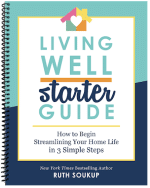 Ever feel like you just can't keep up? Our Living Well Starter Guide will show you how to start streamlining your life in just 3 simple steps. It's a game changer--get it free for a limited time!
Ever feel like you just can't keep up? Our Living Well Starter Guide will show you how to start streamlining your life in just 3 simple steps. It's a game changer--get it free for a limited time!
If you love this resource, be sure to check out our digital library of helpful tools and resources for cleaning faster, taking control of your budget, organizing your schedule, and getting food on the table easier than ever before.

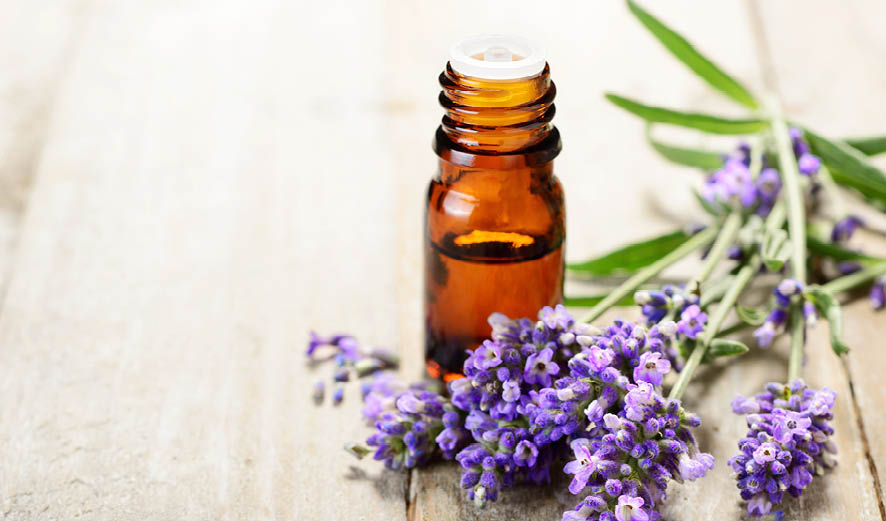

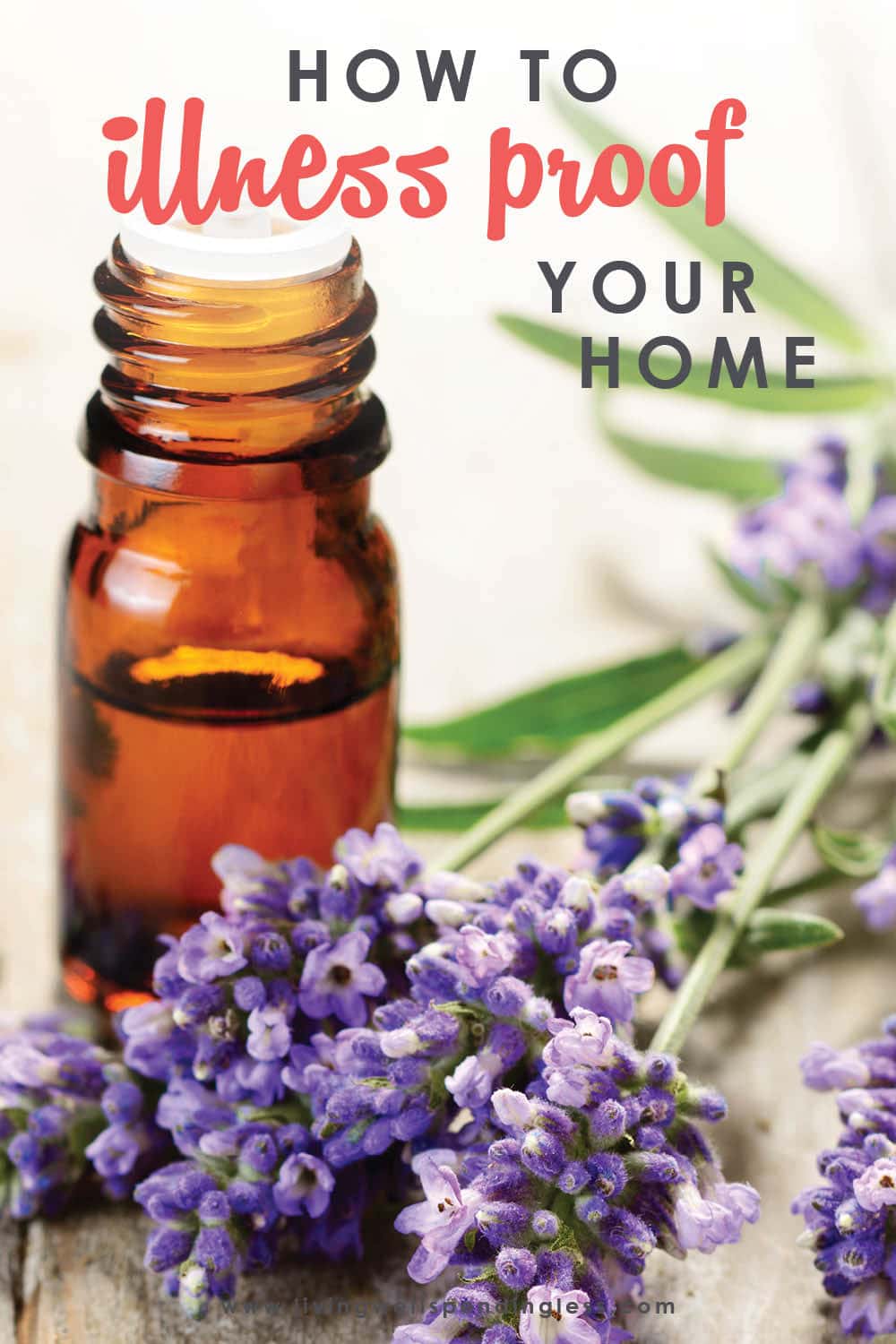

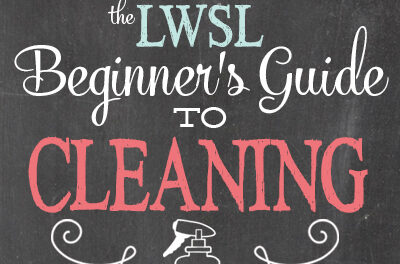
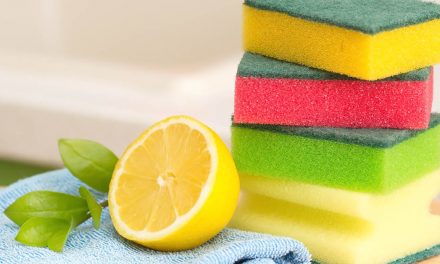
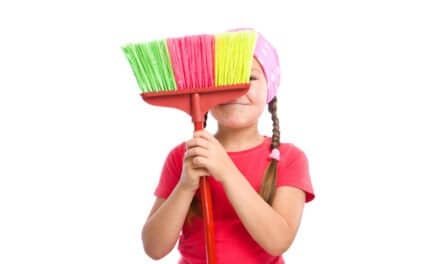

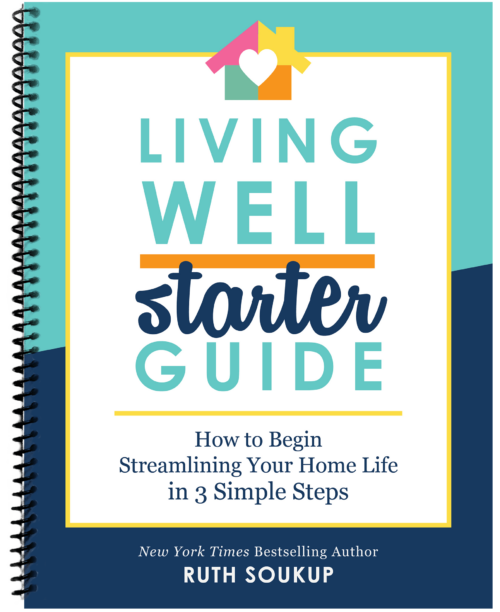
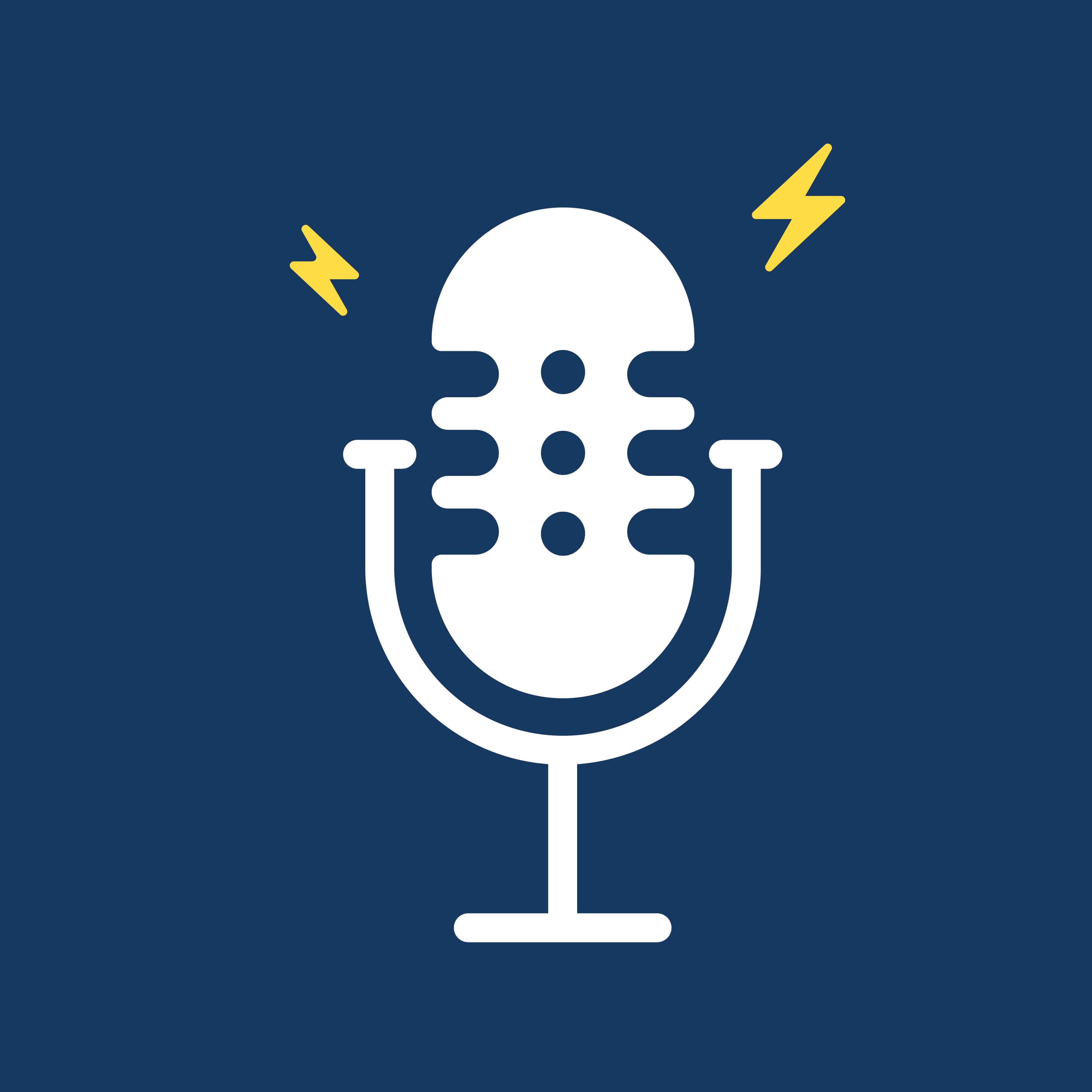
Because of the spread of the virus and this unstable situation in the world, I have really become more aware of how to clean my house. I can’t say that I was a bad cleaner before, but now I make cleaning a few times more often (and no, it’s not paranoia). And in fact, in this clean environment, kids are more likely to clean up after themselves. And we’ve only had a cold once this fall.
The humidifier has been my best purchase in the last few months. I still can’t believe that skin can stay moisturized in winter (thanks to this device). And no more allergies to the cold.